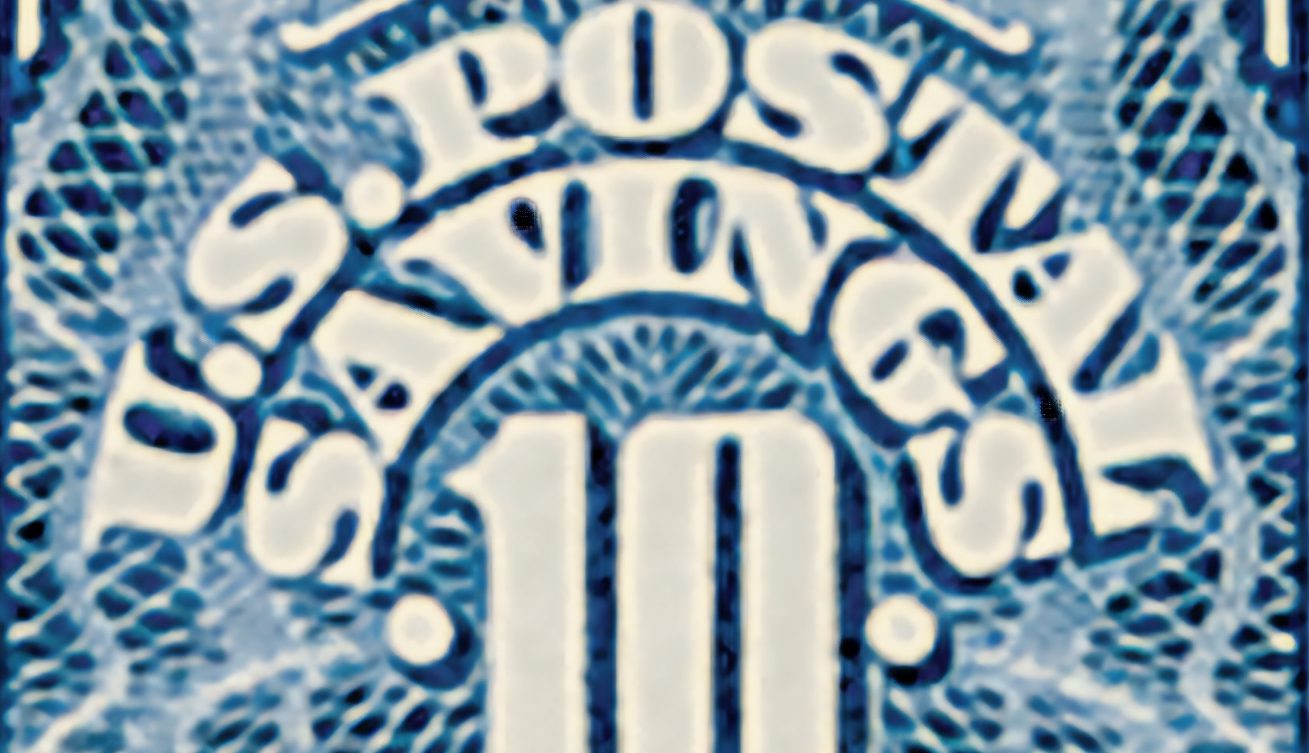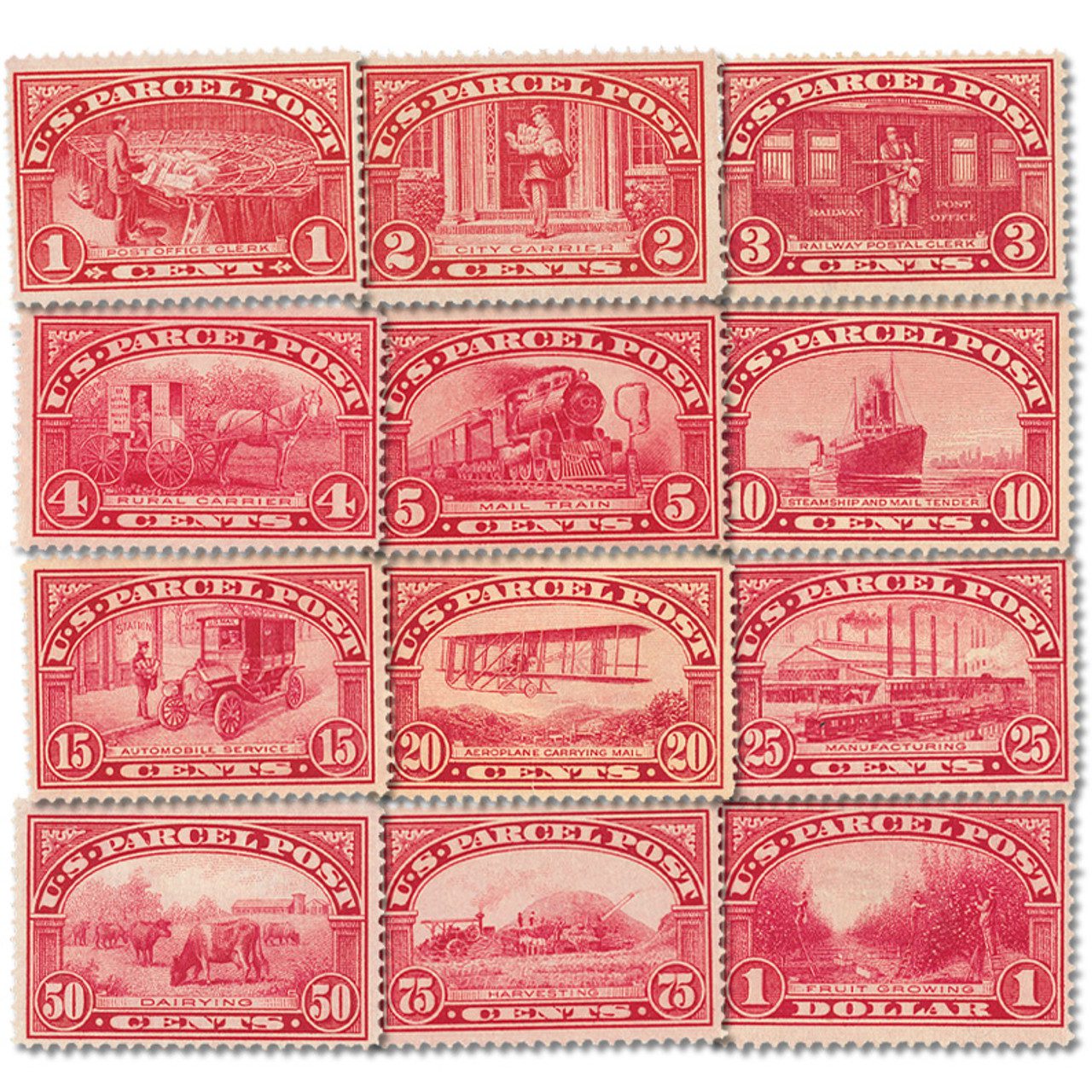Birth of Zora Neale Hurston
Novelist and folklorist Zora Neale Hurston was born on January 7, 1891, in Notasulga, Alabama. She was a prolific writer, credited with accurately documenting the lives of everyday working black families in the Deep South during the Depression.









